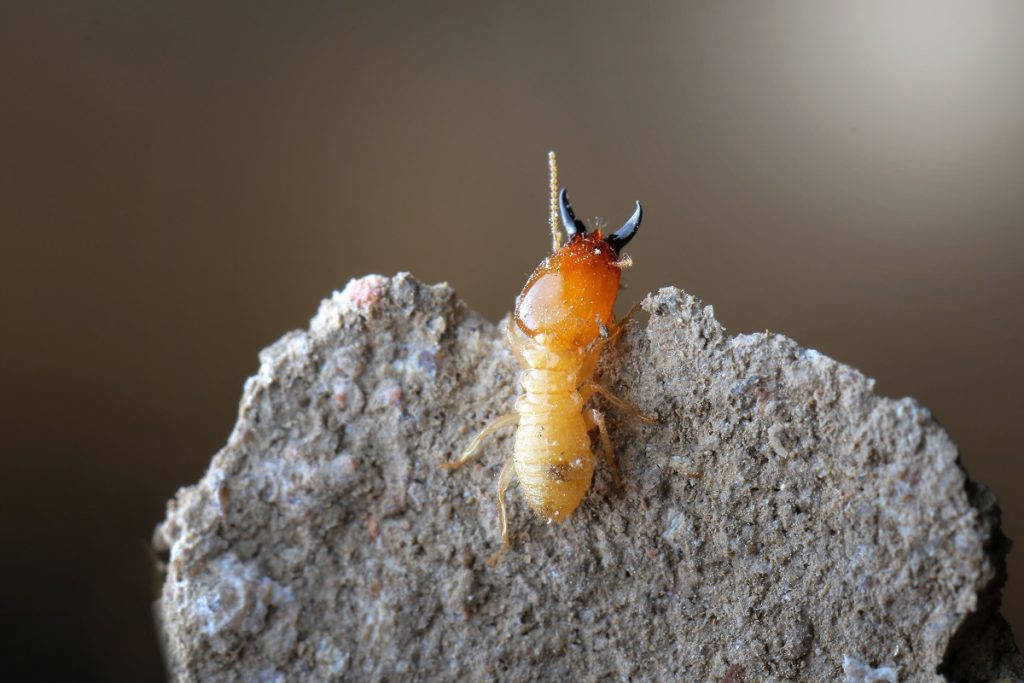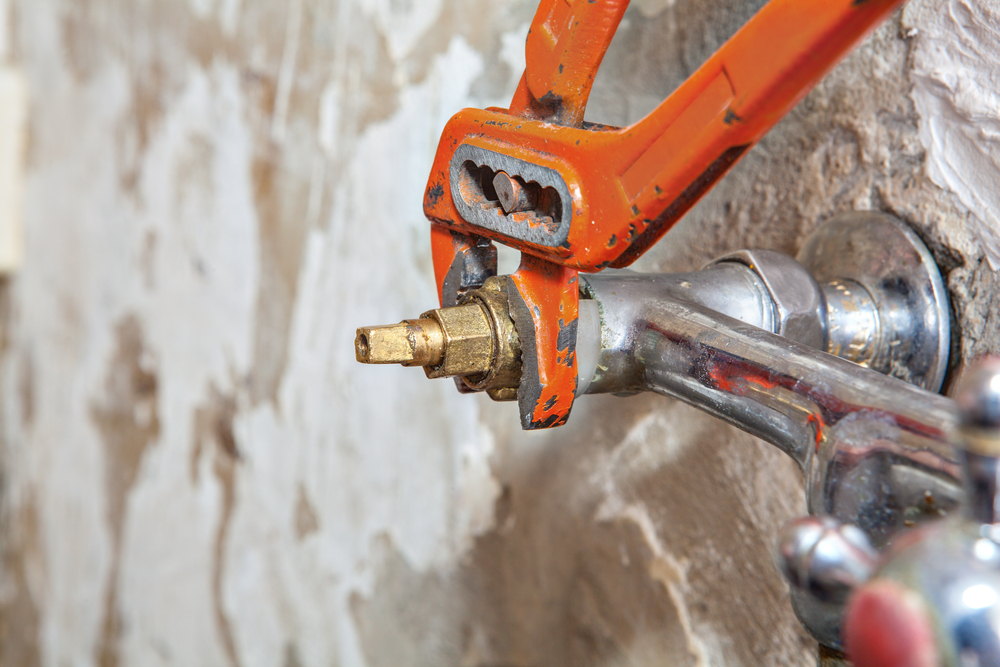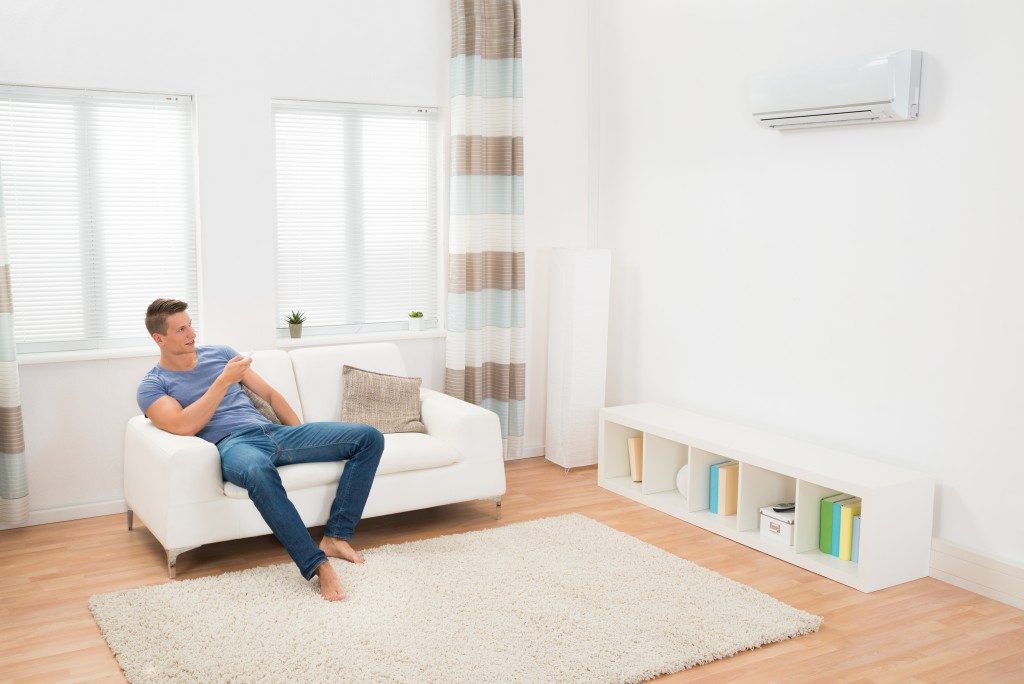Termites: these are among the smallest pests known to man but cause more than $5 billion in property damage annually in the US when they work together in colonies. Worse still, most property insurance covers will not cover termite damage.
A termite infestation can hence have devastating effects if not adequately addressed on time. Unfortunately, termites largely remain out of view and most of their warning signs are only evident when they have already caused considerable property damage.
The only property owners who will hence benefit from effective and prompt termite control in Salt Lake City are those who invest in routine pest inspection and control. When the ground starts warming, the swarmers in termite populations emerge in search of new structures to invade.
Swarmers resemble winged ants, and most property owners will hence dismiss them when they come across them. If these swarmers find your property habitable, they then lead their termite colonies to it and so begin their destruction. Different termite species will cause different types of damage.
Explore the impact of varying termite species on your property.
Formosan Termites
These are deemed the most destructive among termite species. They originated from China and entered through port cities into the US. Formosan termites will build elaborate mud nests on the inner aspects of your walls.
The most common sign of Formosan infestation is damaged wood structures that look ribbed or wavy. This is because the termites will eat the soft parts of wood and leave its grain thus causing some parts of your wooden structures to sink in while others are prominent.
Subterranean Termites
These are also called ground termites and live in colonies underground. The primary source of food for ground termites is wood, and thus your property is an abundant source. They can dig tunnels of up to 45 meters to get to your wood.
Though scarce in cold climates, subterranean termites account for 90% of infestation in the US. Mud tubes along your walls, exposed wood grain and a hollow sound when the wood is tapped are some of the signs of infestation by this termite species.
Dampwood Termites

These invade wood in high moisture environments. Dampwood termites are generally larger compared to other termite species. A hollow sound when you tap your wood, wood which feels soft and decaying wood in damp places are a few signs of dampwood termite infestation.
Although less likely to invade homes, dampwood termites will cause considerable damage in outdoor structures such as those around swimming pools and spas.
Drywood Termites
These require no soil or moisture to thrive, unlike most species. They will mainly attack wood frames, floors, and furniture. Although commonly found in cold climates, they can thrive in warm climates if the right conditions exist. Drywood termites are the hardest to eliminate since they can form multiple colonies in one place.
Professional termite control starts from the identification of the species in your home. Once the species is identified, the terminator will pick the treatment method best suited for it. The common types of termite control methods include fumigation, the use of termite bait traps, borate-containing products, and termiticides.




